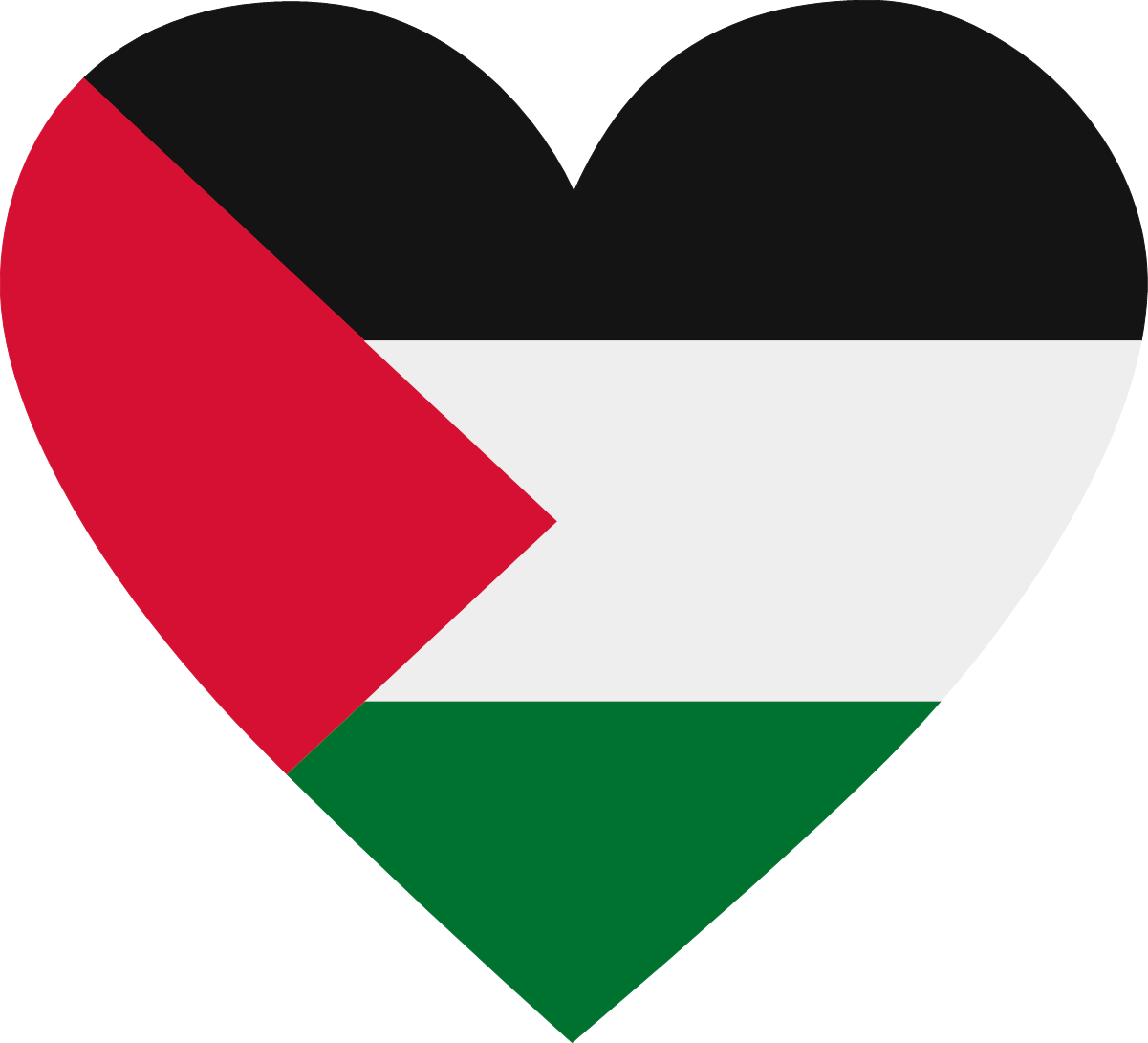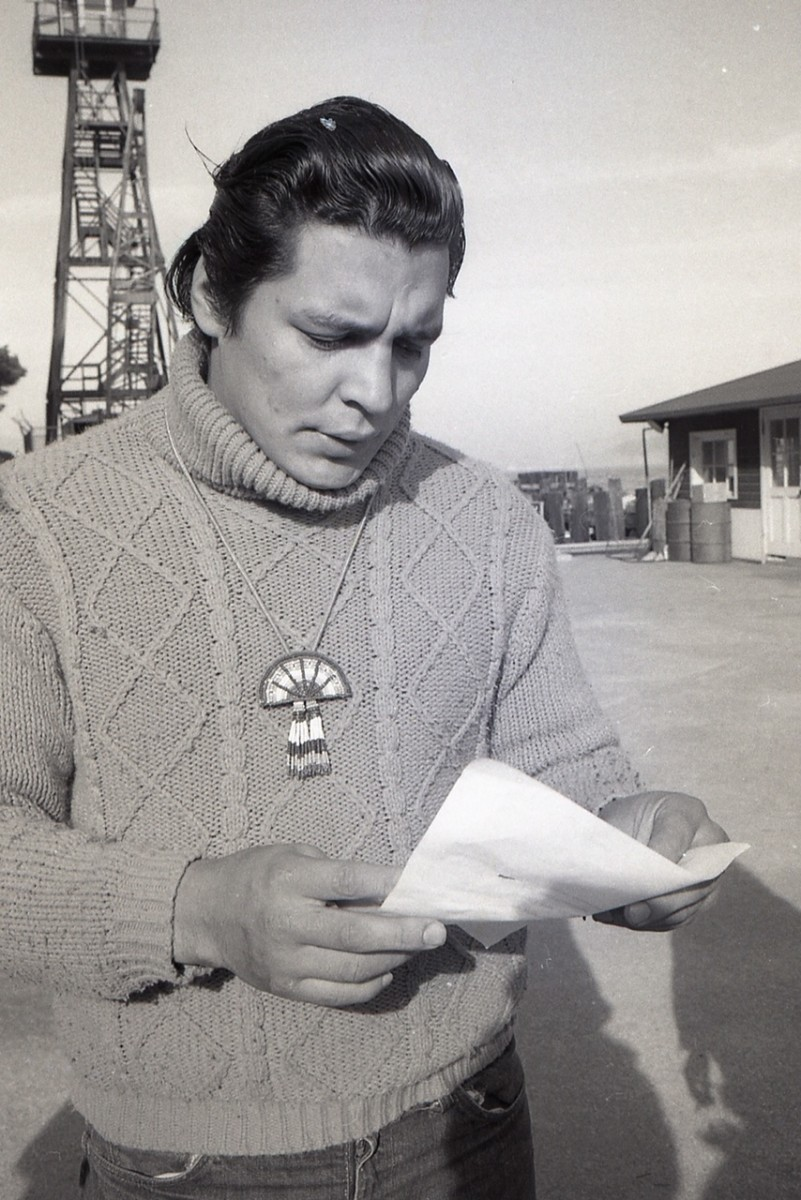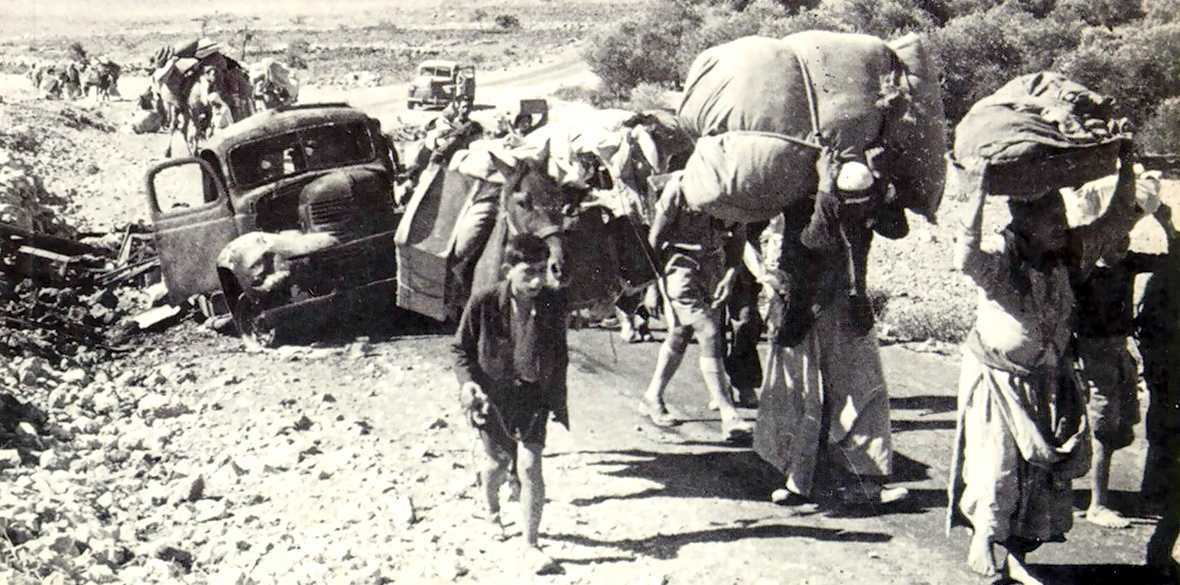27
18
28
103
29
43
31
22
Indigenous communities make clean energy drive work for, not against, them
(news.mongabay.com)
33
20
The recognition of Palestine is undermined by support for harmful policies
(www.aljazeera.com)
34
41
38
38
Aid trucks enter Gaza after weeks as Israeli attacks continue across strip
(www.aljazeera.com)
40
36
‘Nothing left’: How climate change pushes Indigenous people from their land
(www.aljazeera.com)
45
45
48
25
49
23
50
30
Indigenous leader’s killer is convicted in Brazil, but tensions over land remain
(news.mongabay.com)
indigenous
544 readers
20 users here now
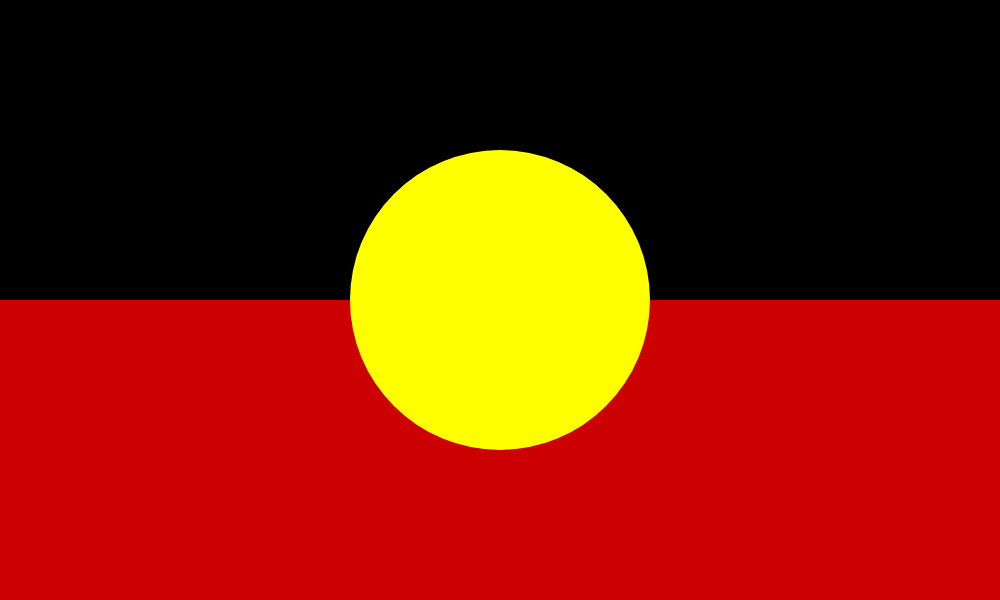
Welcome to c/indigenous, a socialist decolonial community for news and discussion concerning Indigenous peoples.
Please read the Hexbear Code of Conduct and remember...we're all comrades here.
Post memes, art, articles, questions, anything you'd like as long as it's about Indigenous peoples.
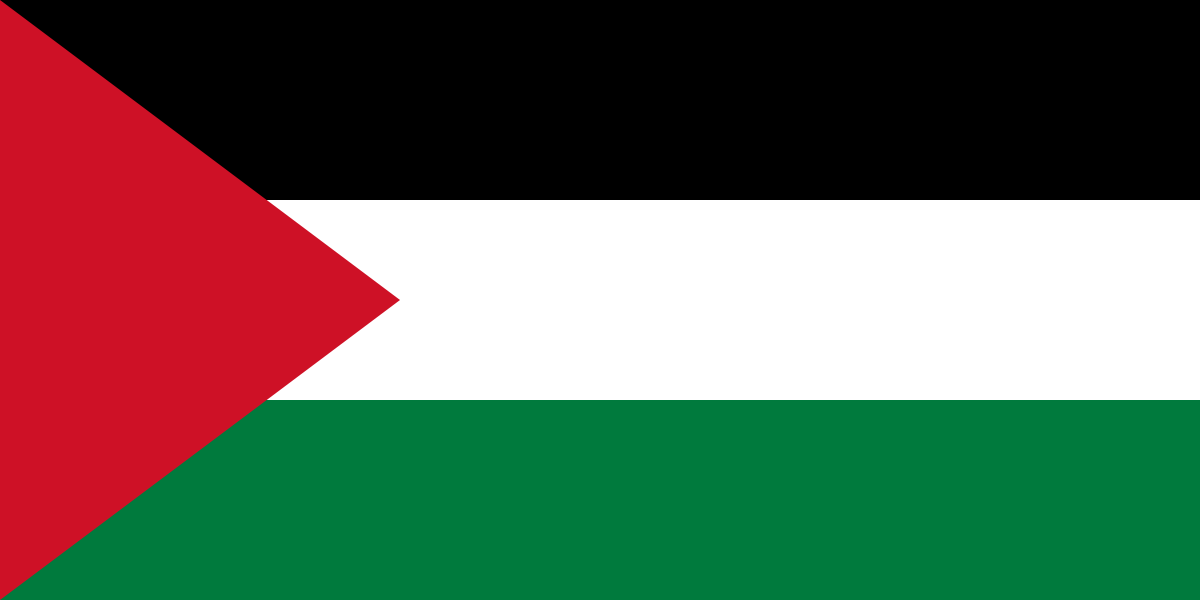
founded 1 year ago
MODERATORS

